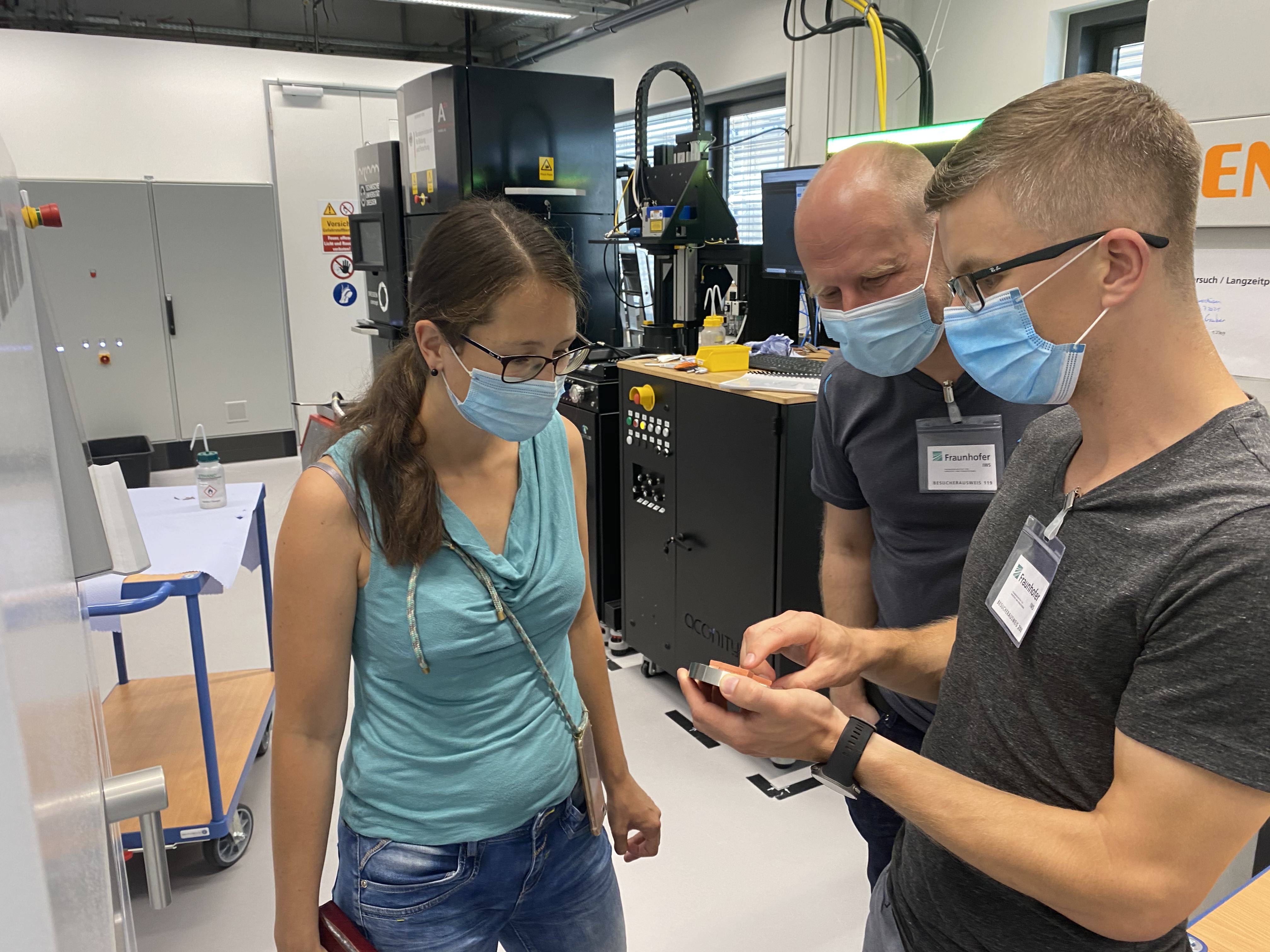From tips of airplane turbine blades to critical parts of car engines, additive manufacturing (AM), of which 3D printing is a form, is being widely exploited by many advanced industries to improve machine’s lifetime and save manufacturing costs. On container ships, piston crowns of large engines are given a second life by additive manufacturing. In space, satellites are being jet-positioned in the right orbit by AM-manufactured nozzles. In the health-care sector, COVID-proof respirators, face masks as well organs are now 3D-printed. But what about accelerator business?
Despite over 30 years of application and its democratisation, additive manufacturing is still very little used in the accelerator community. Since 2016, the individual targeted programmes carried out by several of major accelerator labs in Europe (CNRS, CEA, CERN, INFN), the United States and China have not unveiled the full potential of this technology. Recognising the need to widen the use of additive manufacturing, the I.FAST project, funded by the European Commission’s Horizon 2020 program, has set up a series of well-defined tasks to promote this technology within the realm of advanced accelerators.
First and foremost, I.FAST will bring together interested parties, importantly also new partners with world-class expertise in AM such as Fraunhofer IWS, and perform a thorough inventory on the use of additive manufacturing in the accelerator community. Complex and critical accelerator components have been AM manufactured and qualified for their use in existing facilities. Those success stories need to be spread out. The resulting survey will list current AM applications in accelerators and identify the needs for future development and research actions.
Next, I.FAST will identify how AM can address the needs of the accelerator community. The project will also define strategic directions for future AM technologies for accelerators. It will also explore further potential applications - in particular, for industrial, environmental and medical accelerators. For this, a comprehensive analysis of the technological barriers and challenges to additive manufacturing will be done, bearing in mind various very accelerator-specific stringent requirements: leak tightness, outgassing rate, porosity, electrical conductivity, etc. This study will also take into consideration classic obstruction to new technologies, be it by traditionalism, lack of knowledge, or scepticism on its compliance with the stringent accelerator requirements.
The refurbishment of various accelerator components using additive manufacturing is amongst the most promising application of the technology. For this, I.FAST will evaluate and create post-processing methods to control surface roughness and surface cleanliness of AM-repaired parts. Additionally, this technological endeavour will work on the prototype development of AM-manufactured superconductive RF cavities to be tested at room and at cryogenic temperatures.
Overall, the additive manufacturing for accelerator technologies initiative is having the following strategic goals:
- To make AM R&D proliferate in the Accelerator Community at large.
- To give a visibility to already remarkable achievements.
- To raise trust in AM by showing real and tangible R&D case studies.
- To contribute to the accelerator community projects and collaborations – especially related to societal applications – e.g. NIMMS, SEEIIST, HITRIplus, HERTIS and others.
- To lower overall costs and enhance sustainability by using AM (e.g. reduced material consumption and repairs).
- To promote a range of new AM projects and grants within the accelerator community and beyond.
- To pull resources and knowledge together as well as to engage new partners.
- To take a leadership at European level and coordinate efforts with partners in the United States and China.
Undoubtedly all the above mentioned activities and developments are fully in line with the high-priority future initiatives highlighted in the 2020 Update of the European Strategy for Particle Physics on intensifying R&D efforts focused on advanced accelerator technologies and taking into account synergies with international partners and other communities.
By bringing new academic, research and industrial partners to the accelerator community and by performing the above-mentioned studies, the AM Strategy Group will come up with a “Roadmap of future AM applications for accelerators”, highlighting the emerging applications of AM technologies in the accelerator field. Possibilities of digitalisation in accelerators will be explored along with the evaluation of the economic aspects concerned with AM in the accelerator sector.

